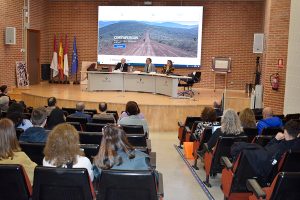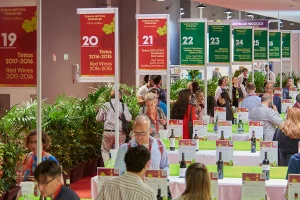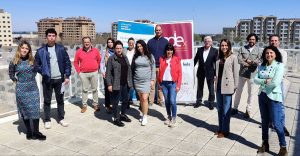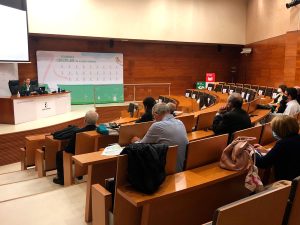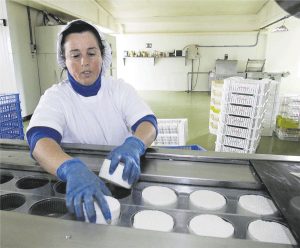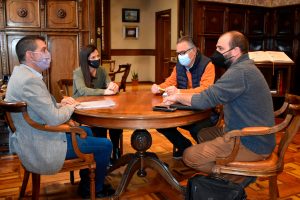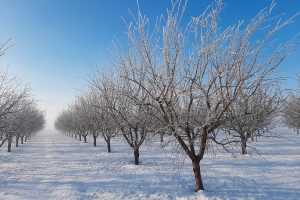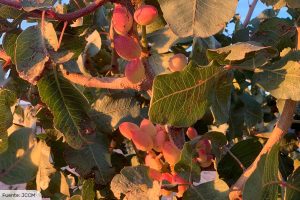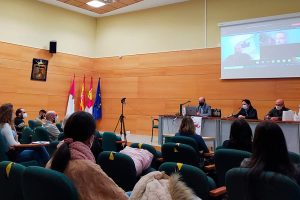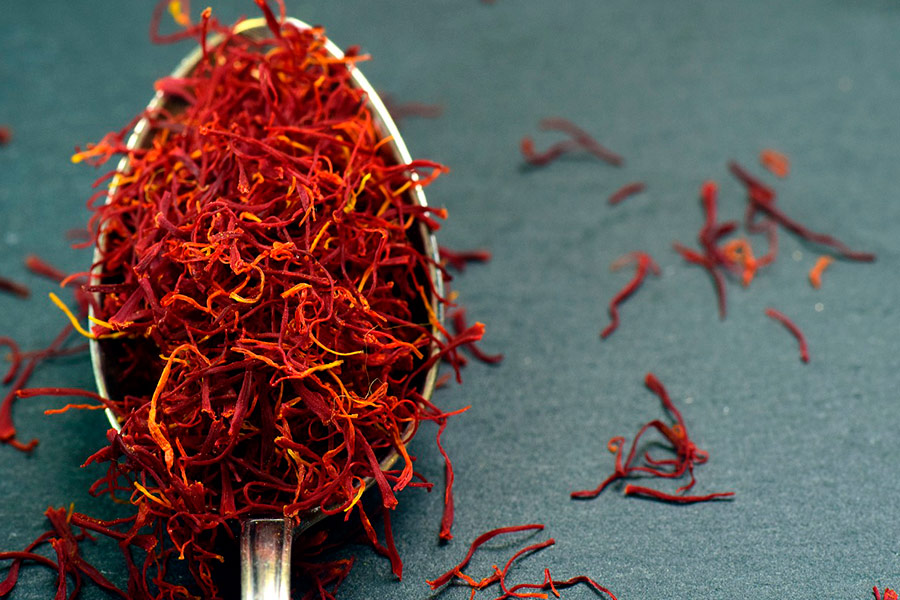
The results of the study will be presented at the end of the year at the II Historical-Ethnographic Conference on Saffron of La Mancha
The Foundation of the Regulatory Council of the Protected Designation of Origin (PDO) Saffron of La Mancha has entrusted the University of Castilla-La Mancha (UCLM) with a historical study on the expansion and implementation of this crop in the province of Albacete. The study, which will be carried out from the Social History of the Population Seminar (SEHISP), directed by the professor of Modern History, Francisco García González, will present its results at the end of the year.
The University of Castilla-La Mancha will contribute to the commitment made by the Foundation of the Regulatory Council of the PDO Saffron of La Mancha to continue promoting research on the history, the link with the territory and the population and the evolution of this product so prestigious and characteristic of Castilla-La Mancha, with the elaboration of a historical study focused on the province of Albacete.
The study, which will be carried out from the Seminar on Social History of the Population of the Faculty of Humanities of Albacete, directed by the professor of Modern History, Francisco García González, will analyze different documentary sources from the 1752th century, including the Cadastre of the Marqués de la Ensenada in XNUMX, which will allow an x-ray of the expansion and implantation of this crop in Albacete, as well as its ethnographic consequences in the towns of this province. The results of the study will be presented at the end of the year at the II Historical-Ethnographic Conference on Saffron of La Mancha.
“Hand in hand with the University of Castilla-La Mancha, we once again bet on the historical investigation of saffron in La Mancha. From the Regulatory Council we understand that it is essential to continue diving into the origins to take a photograph that is as real as possible about the social, labor and cultural implications that the crop had and whose legacy has allowed us to have the best saffron in the world today”, he affirms. Carlos Fernández, president of the PDO Saffron from La Mancha.
This research continues the work started last year when a similar study was prepared, but focused on the province of Cuenca, and whose first conclusions were presented in December at the “El Azafrán. History, Culture and Society, XV-XXI centuries”, which was held at the Faculty of Humanities of Albacete.
In successive years it will continue with Toledo and Ciudad Real, the other two provinces of Castilla-La Mancha that are part of the Denomination of Origin, until the map of the production area is completed.
The Regulatory Council Foundation for the La Mancha Saffron Protected Designation of Origin is the body that represents, defends, guarantees, investigates, develops and promotes saffron covered by this figure of quality, the only species of this nature that has this recognition to Nacional level. The Foundation has 360 registered producers and 17 registered packaging companies. The production area of the DOP Azafrán de La Mancha includes 335 municipalities in Castilla-La Mancha, the entire province of Albacete, 38 municipalities in Ciudad Real, 173 municipalities in Cuenca and 38 municipalities in Toledo.










